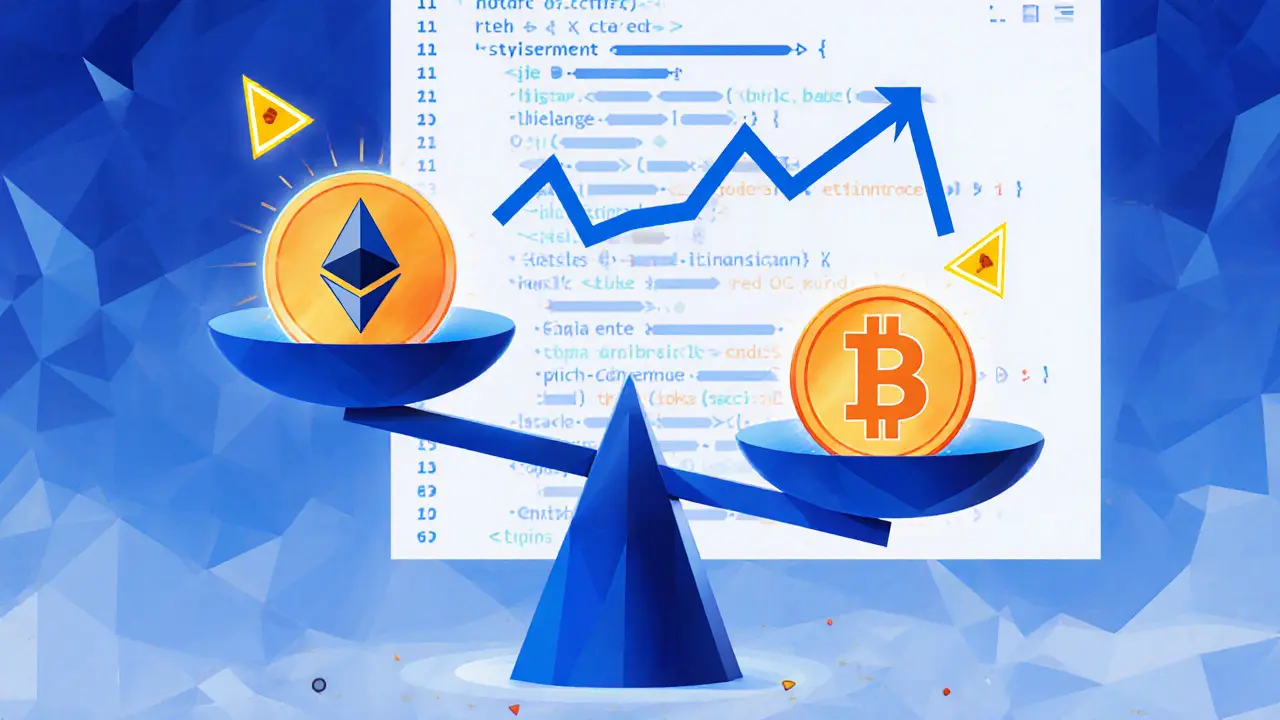Rug Pull: How Crypto Scams Steal Your Money and How to Avoid Them
When you hear rug pull, a type of crypto scam where developers abandon a project and drain all the liquidity. Also known as an exit scam, it’s when the team behind a token disappears overnight—taking your money with them. It’s not a glitch. It’s not bad luck. It’s planned. And it’s happening right now to people who think they’re getting in early on the next big thing.
Most rug pulls start with hype. A new token pops up on a decentralized exchange. The website looks professional. The Telegram group is buzzing. The team claims to be building something revolutionary—maybe a DeFi protocol, a meme coin with a viral mascot, or a blockchain for AI. But there’s no code. No audit. No real team. Just a liquidity pool full of your money, and a wallet full of the team’s tokens. Once enough people buy in, they pull the plug. They sell all their tokens at once. The price crashes. The liquidity vanishes. And you’re left holding worthless tokens. Look at JPEX, a crypto exchange that promised high returns but turned out to be Hong Kong’s largest fraud. Or XeggeX, an exchange that shut down after a hack destroyed user funds. These weren’t accidents. They were rug pulls dressed up as platforms.
It’s not just exchanges. Meme coins like Elon Trump (ET), a token with no team, no code, and zero utility, or Global Token (GBL), a ghost token with no circulating supply, are often just fronts for quick exits. Even airdrops can be traps. The CDONK X CoinMarketCap airdrop, a fake giveaway designed to steal private keys is a perfect example. Scammers don’t need to hack you—they just need you to click. And you will, because you think you’re getting free money.
So how do you protect yourself? Check for audits. Look for locked liquidity. See if the team is doxxed. Watch for sudden price spikes with no volume. If something feels too good to be true, it is. The posts below break down real cases—how they were built, how they collapsed, and what to look for before you invest. You won’t find magic solutions here. But you’ll find clear signs that tell you when to walk away.
Understanding Liquidity Pool Risks in DeFi
Liquidity pools power DeFi trading but come with serious risks like impermanent loss, smart contract bugs, and rug pulls. Learn how to protect your funds before providing liquidity.
learn more